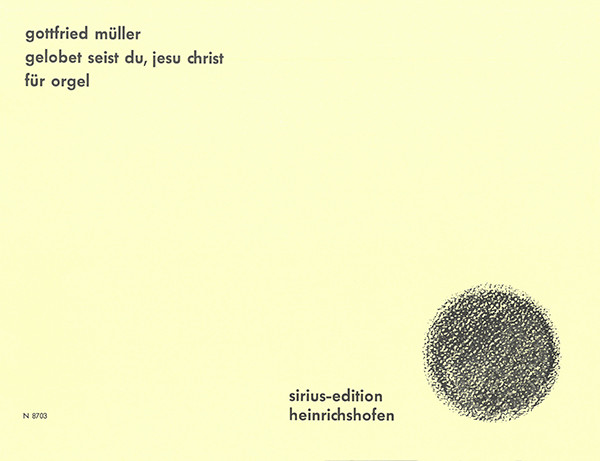No results were found for the filter!
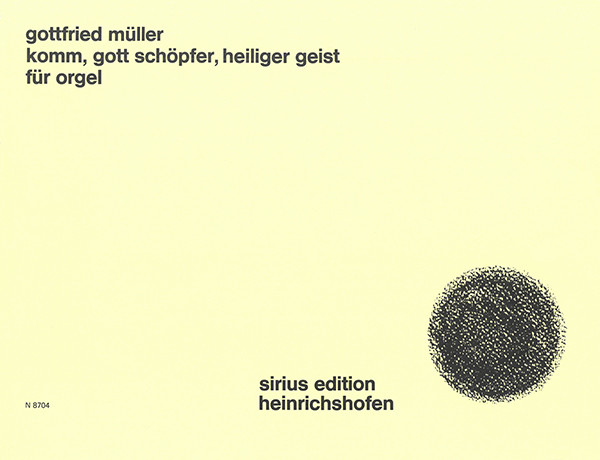
Gottfried Müller
Komm, Gott Schöpfer, Heiliger Geist Organ
Seven moderately difficult organ pieces
Mehr €10.50 *
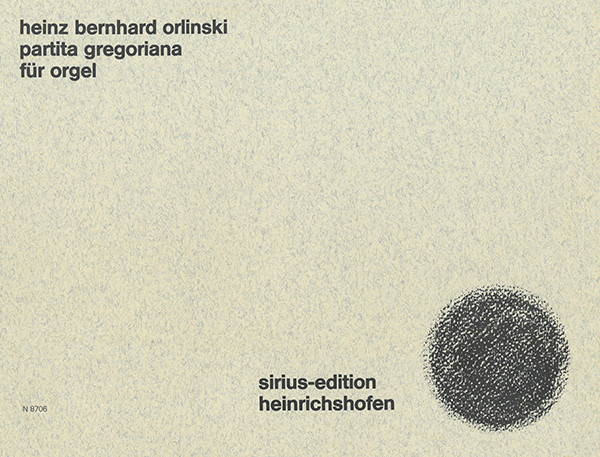
Heinz Bernhard Orlinski
Partita gregoriana Organ
Content: I. Prelude II. Variation I III. Variation II IV. Variation III V. Variation IV VI. Variation V VII. Variation VI
Mehr €12.80 *
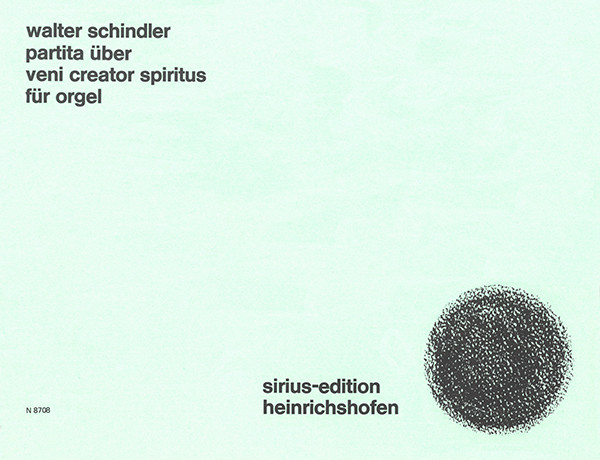
Walter Schindler
Partita über "Veni creator spiritus" Organ
5 Variationen über " Veni creator spiritus"
Mehr €12.80 *

Erich Robert Sorge
Partita 3 über "In festo resurrectionis Domini nostri" Organ
Content: I. Chorale II. Allegro III. Recitative IV. Intermezzo V. Antiphon VI. Postlude
Mehr €10.50 *
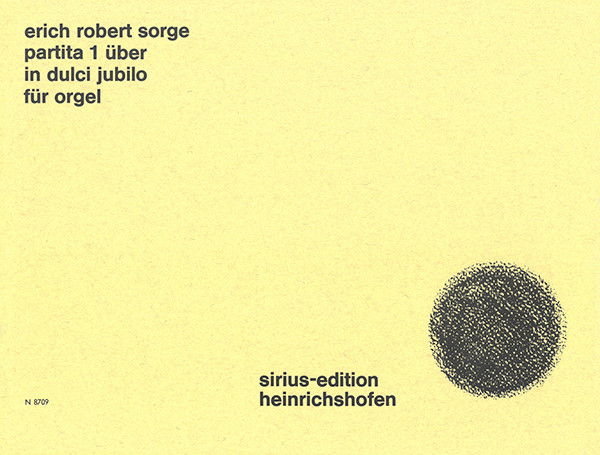
Erich Robert Sorge
Partita 1 on ‘In dulci jubilo’ Organ
4 Variationen über "In dulce jubilo"
Mehr €12.80 *
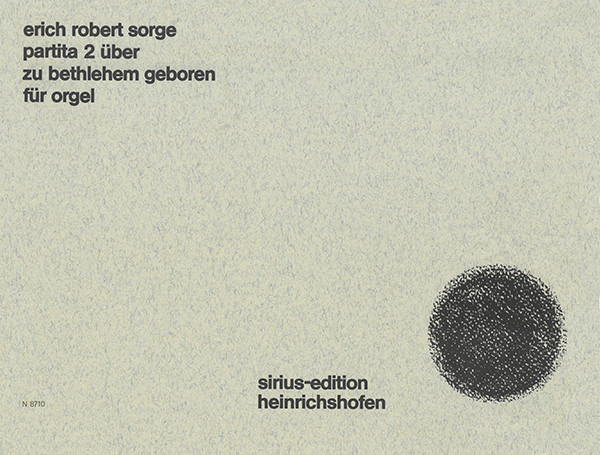
Erich Robert Sorge
Partita 2 on ‘Born in Bethlehem’ Organ
4 Variationen über " Zu Bethlehem geboren"
Mehr €9.60 *

Lotte Backes
Partita "Wie mein Gott will..." Organ
Facsimile edition Lotte Backes (1901 - 1990), recipient of the Federal Cross of Merit for her lifetime achievement in composition, was a pianist, organist and composer. She composed many organ works and chamber music pieces, including toccatas, partitas, passacaglias, improvisations, etc.
Mehr €9.60 *

Rudolf Halaczinsky
6 Meditationen Organ
Content: 1. Zu dir, o, Gott erheben wir (To you, O God, we lift up our hearts) 2. Du hast, o, Herr dein Leben (You have, O Lord, given your life) 3. O du Lamm Gottes (O Lamb of God) 4. O, Jesu, all mein Leben bist du ... (O Jesus, you are my whole life ...) 5. Nun lobet Gott im höchsten Thron (Now praise God on his highest throne) 6. Christ ist erstanden ... (Christ is risen ...)
Mehr €9.60 *

Lotte Backes
Reminisci in perpetuum Organ
Facsimile edition Lotte Backes (1901–1990), recipient of the Federal Cross of Merit for her lifetime achievement in composition, was a pianist, organist and composer. She composed many organ works and chamber music pieces and created numerous works, including toccatas, partitas, passacaglias, improvisations, etc.
Mehr €9.60 *
Viewed


